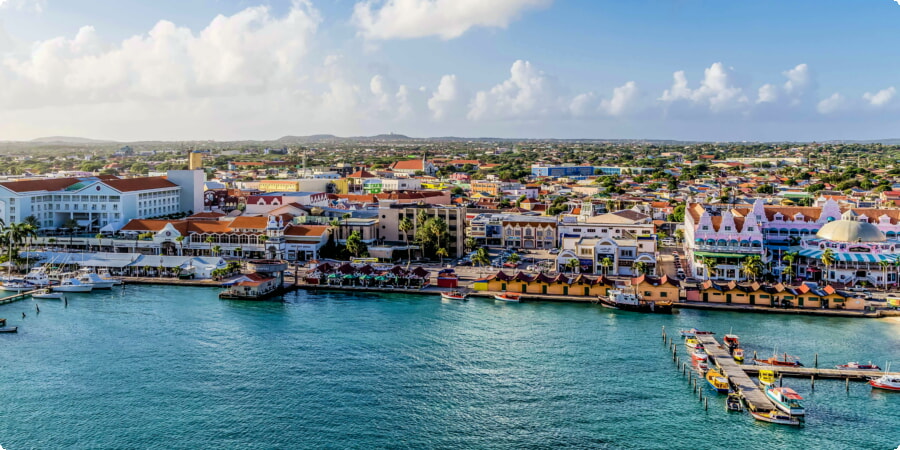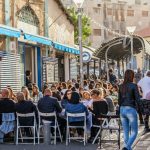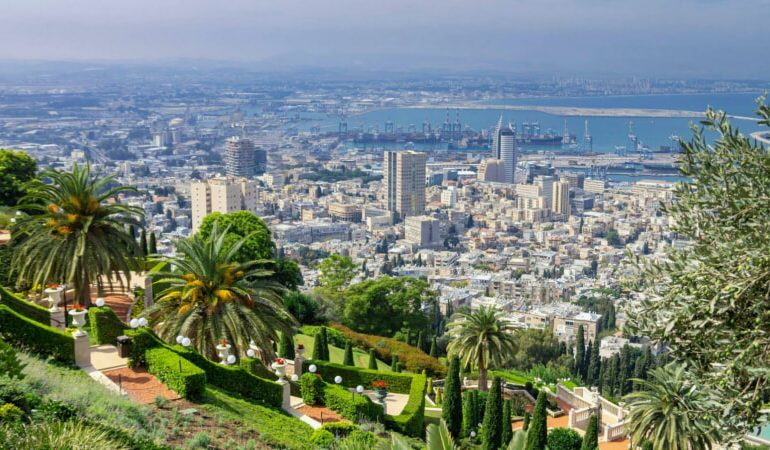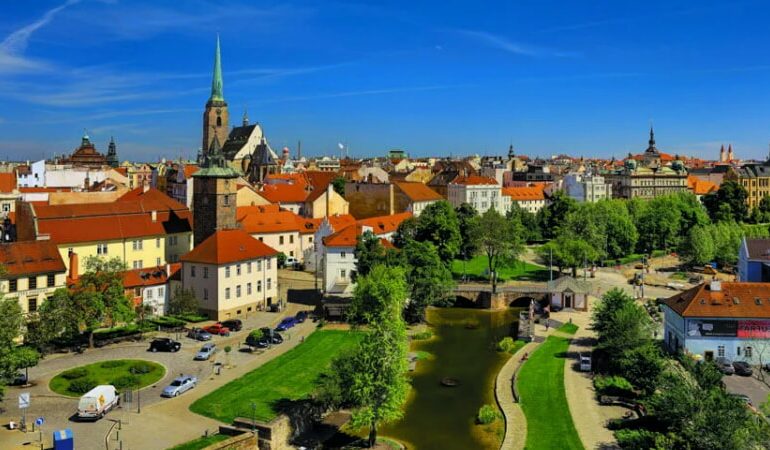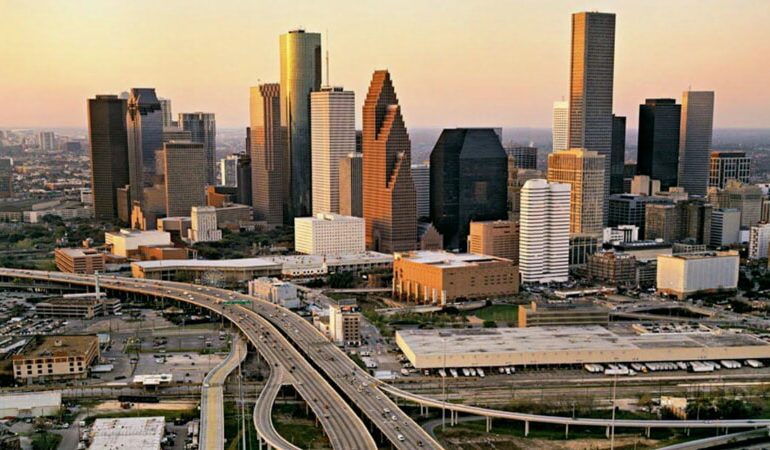Oranjestad, the vibrant capital of Aruba, is a destination brimming with cultural richness, colorful architecture, and inviting beaches. Nestled on the southern coast of this Caribbean paradise, Oranjestad offers a unique blend of Dutch colonial charm and Caribbean flair, making it a must-visit for travelers seeking both adventure and relaxation. This guide is designed to help you make the most of your trip to Oranjestad, offering practical advice and tips for an unforgettable experience.
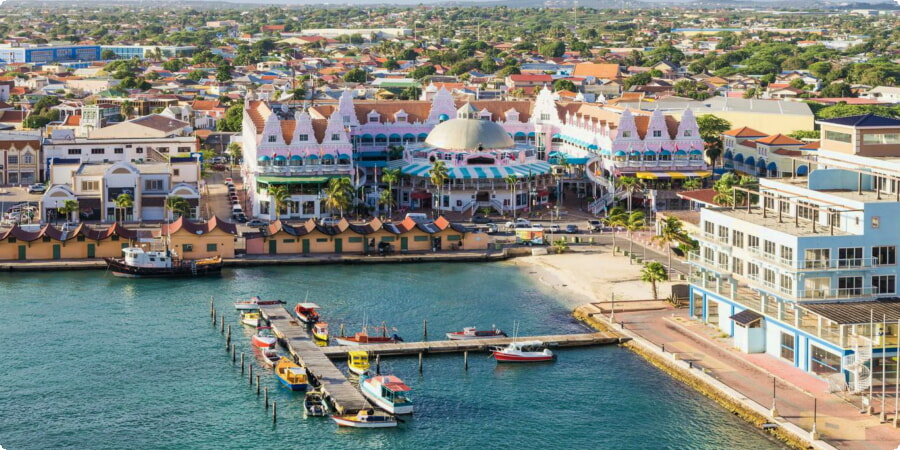
Welcome to Oranjestad
Oranjestad, the bustling capital of Aruba, is more than just a gateway to stunning beaches. It’s a colorful city where the pastel-hued Dutch colonial buildings stand in stark contrast to the turquoise Caribbean Sea. Founded in 1796, Oranjestad has evolved into a vibrant urban center while retaining much of its historical charm.
As you stroll through the city, you’ll notice a seamless blend of old and new. Historic landmarks like Fort Zoutman stand proudly alongside modern shopping malls and restaurants. The fort, built in 1798, is the oldest structure in Aruba and offers a fascinating glimpse into the island’s colonial past.
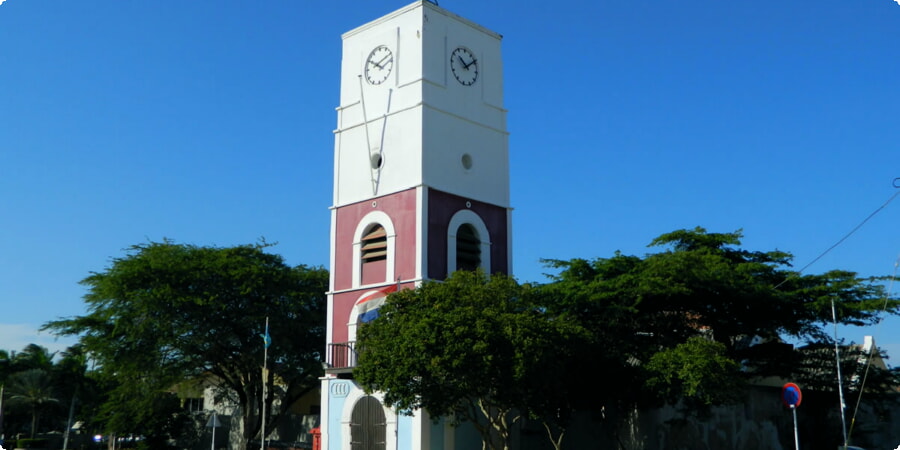
Whether you’re exploring the quaint streets lined with boutique shops or lounging on the pristine beaches, Oranjestad offers something for every traveler. Embrace the rhythm of the city and prepare for an adventure filled with culture, history, and natural beauty with Excursopedia.
Best Time to Visit Oranjestad
Timing your visit to Oranjestad can significantly impact your experience. Aruba boasts a tropical climate, meaning warm weather year-round. However, the best time to visit is between April and August when the island sees fewer tourists, and hotel rates are more affordable.
During these months, you can enjoy a more relaxed atmosphere and have easier access to attractions. The off-peak season also aligns with several cultural events, such as the Aruba International Film Festival, offering a glimpse into the island’s vibrant cultural scene.
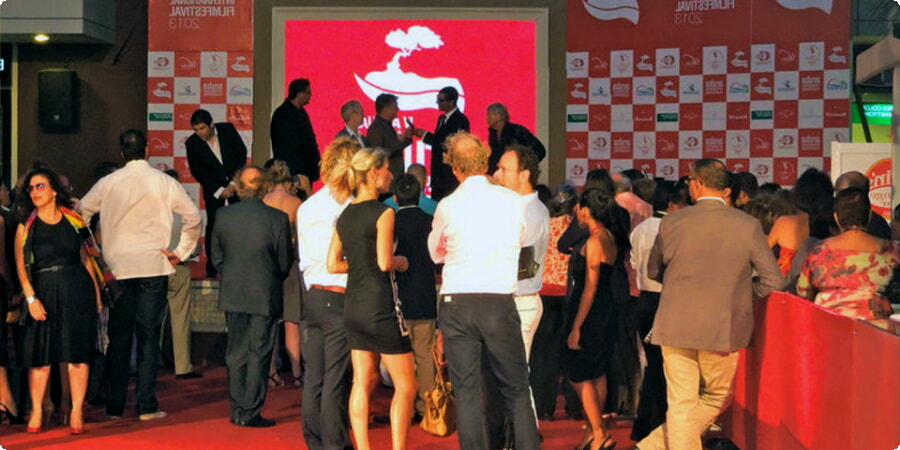
For those who prefer a more lively environment, visiting during the high season from December to March is ideal. This period coincides with the famous Aruba Carnival, a dazzling display of music, dance, and elaborate costumes. Just be prepared for higher prices and larger crowds.
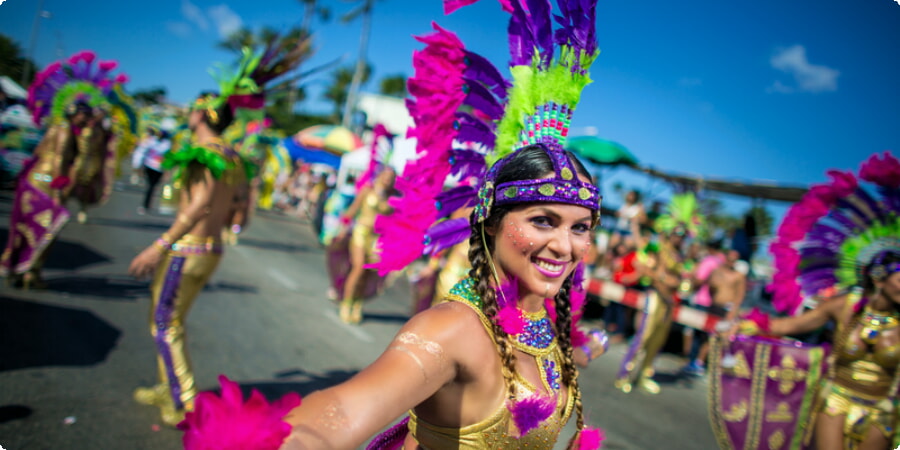
Getting Around: Transportation Tips
Navigating Oranjestad is relatively straightforward, with various transportation options to suit different preferences and budgets. Public buses are an economical choice, providing reliable service throughout the city and to key attractions. The Arubus network connects Oranjestad to other parts of the island, making it easy to explore beyond the city.
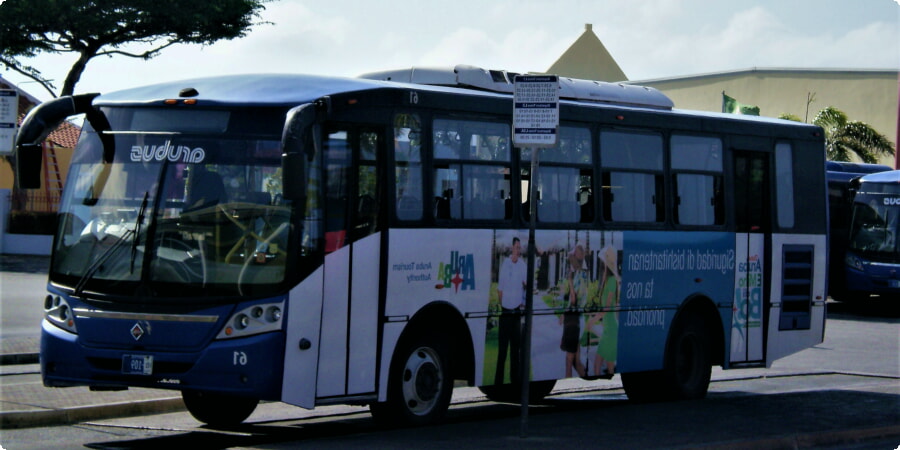
For those who prefer more flexibility, renting a car is a great option. It allows you to venture off the beaten path and discover hidden gems at your own pace. Bookingauto offers competitive rates and a range of vehicles to suit your needs.
Taxis are also readily available and are a convenient choice for shorter distances or for those who prefer not to drive. Alternatively, you can explore the city on foot or by bike, especially since many attractions are within walking distance of each other.
Where to Stay: Accommodation Options
Oranjestad boasts a variety of accommodations to fit every traveler’s budget and preference, from luxurious resorts to charming boutique hotels and budget-friendly options.
Luxury Hotels: For a luxurious experience, the Renaissance Aruba Resort & Casino is an excellent choice. Situated in the heart of Oranjestad, this resort offers private access to Renaissance Island, where you can relax on secluded beaches and mingle with the iconic pink flamingos. The resort also features multiple dining options, a casino, and a luxurious spa.
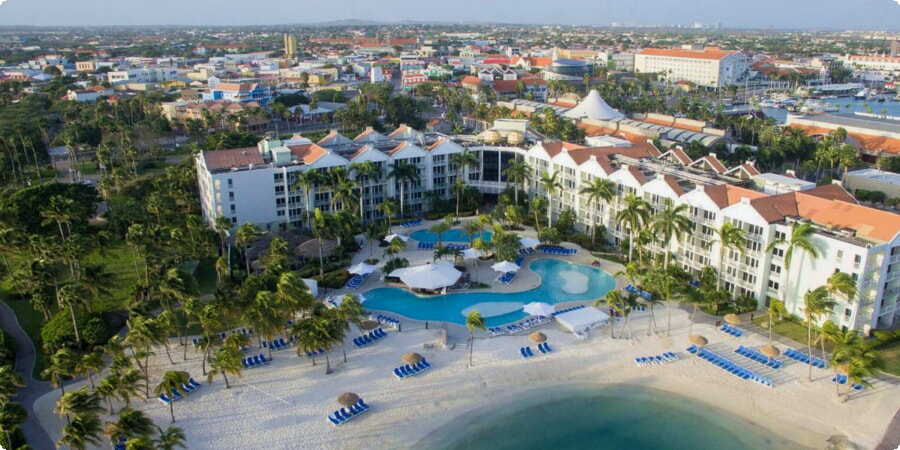
Mid-Range Options: If you’re looking for a balance between comfort and cost, the Talk of the Town Hotel & Beach Club is a great pick. This hotel offers comfortable rooms, a pool, and easy access to Surfside Beach, making it ideal for families and couples alike.
Budget Accommodations: For travelers on a tighter budget, there are several hostels and affordable guesthouses available. Pista Q Hostel offers a friendly atmosphere, clean rooms, and a prime location near downtown Oranjestad. It’s a great option for solo travelers or those who prefer a more communal environment.
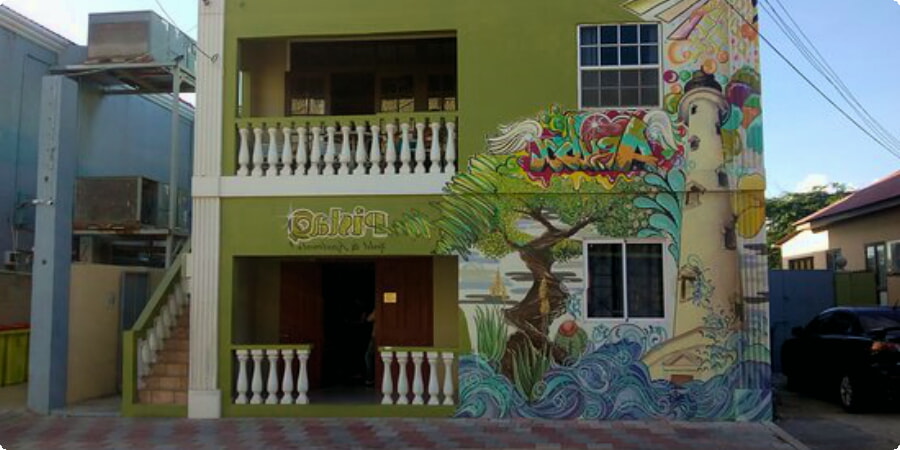
Unique Stays: For a more local experience, consider renting a room or an apartment through Airbnb. This option often provides a more personalized stay and a chance to live like a local in Oranjestad. You can find a variety of accommodations, from beachfront apartments to charming cottages in residential neighborhoods.
To find the best accommodation options for your stay, use Hotels-scanner. This platform allows you to compare prices, read reviews, and find deals on hotels, ensuring you get the best value for your money.
Top Attractions and Activities
Oranjestad is packed with fascinating attractions and activities that cater to all interests. From historical landmarks to vibrant markets and beautiful natural sites, there’s plenty to keep you entertained.
Fort Zoutman and the Historical Museum: Start your exploration with a visit to Fort Zoutman, Aruba’s oldest building, and its adjacent Historical Museum. Built in 1798, the fort was initially intended to protect the city from pirates. Today, it houses a museum that offers a glimpse into Aruba’s colonial history and cultural evolution.
Wilhelmina Park: Located along the waterfront, Wilhelmina Park is an idyllic spot for a leisurely stroll. Named after Queen Wilhelmina of the Netherlands, this park is home to lush gardens, tropical flowers, and statues celebrating Dutch royalty.
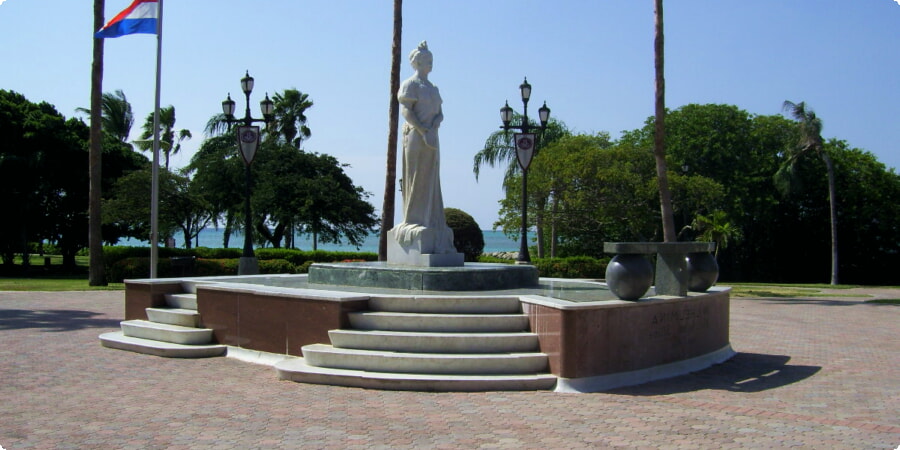
National Archaeological Museum: This museum houses an impressive collection of artifacts from Aruba’s indigenous cultures, offering a deep dive into the island’s pre-Columbian past. It’s a must-visit for history enthusiasts.
Aruba Aloe Museum and Factory: Delve into the history of aloe cultivation in Aruba at this fascinating museum. The guided tours provide insights into the processing of aloe and its significance in local traditions and economy.
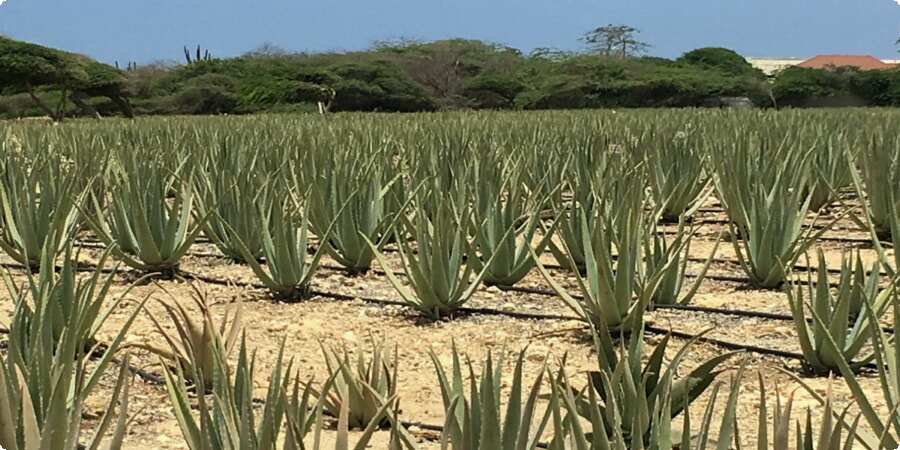
Oranjestad Main Street: Known as Caya G.F. Betico Croes, this vibrant shopping street is lined with colorful buildings housing boutiques, souvenir shops, and cafes. It’s a great place to shop for unique local crafts and enjoy a leisurely day out.
Alhambra Casino: If you’re feeling lucky, head to the Alhambra Casino. It offers a wide range of games and is a fun way to spend an evening.
Dining: Savoring Local Flavors
Oranjestad’s culinary scene is a delightful mix of international cuisines and traditional Aruban dishes. From casual beachfront eateries to upscale restaurants, you’ll find plenty of options to satisfy your taste buds.
Gostoso Restaurant: For a taste of authentic Aruban cuisine, head to Gostoso Restaurant. Known for its hearty portions and flavorful dishes, it’s a favorite among locals and tourists alike. Be sure to try the keshi yena, a traditional dish made with chicken, raisins, olives, and cheese.
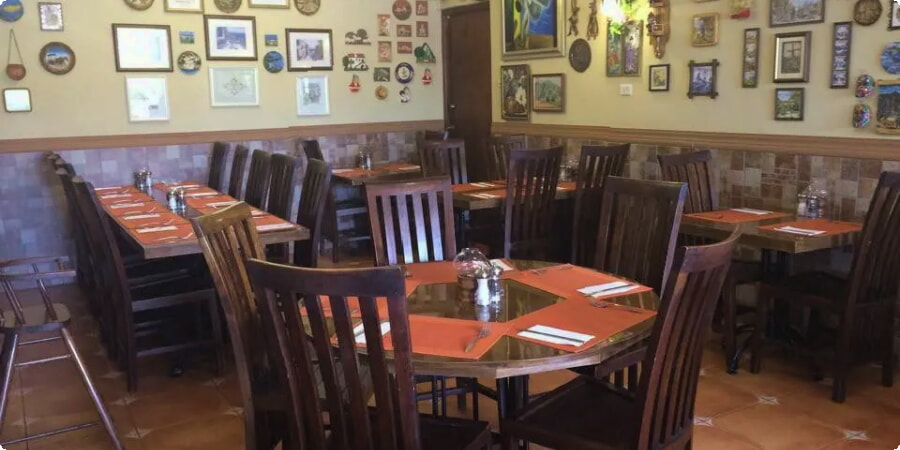
The West Deck: Located on the waterfront, The West Deck offers a casual dining experience with stunning ocean views. The menu features a variety of seafood dishes and Caribbean-inspired cuisine, perfect for a relaxed meal while watching the sunset.
Zeerover: For a more casual and authentic experience, visit Zeerover. This no-frills seafood shack is located right on the water and serves fresh catches of the day. Order at the counter and enjoy your meal on the outdoor deck while soaking in the local atmosphere.
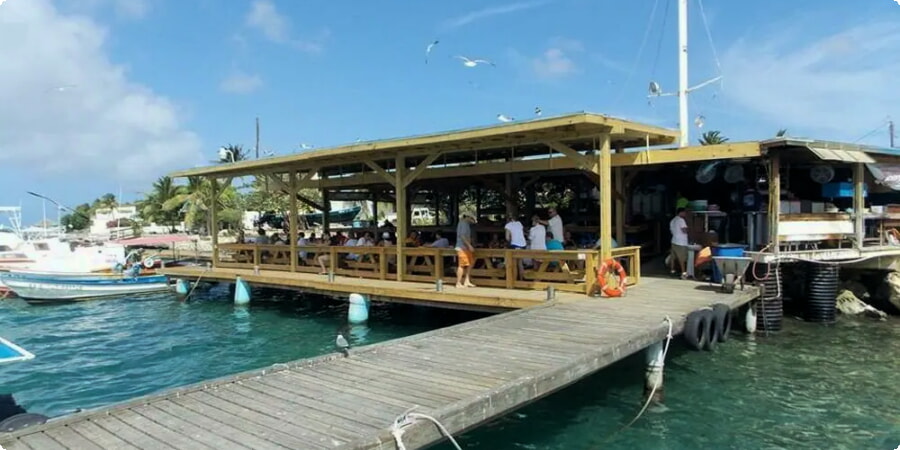
Yemanja Woodfired Grill: This restaurant offers a fine dining experience with a focus on wood-fired grilled meats and fresh seafood. The ambiance is cozy and intimate, making it an excellent choice for a romantic dinner.
Local Markets
Exploring local markets in Oranjestad is a wonderful way to immerse yourself in the island’s culture and pick up some unique souvenirs.
Royal Plaza Mall: Located in a striking pink building near the harbor, this mall offers a mix of high-end shops and local boutiques. It’s a great place to find jewelry, clothing, and Aruban handicrafts.
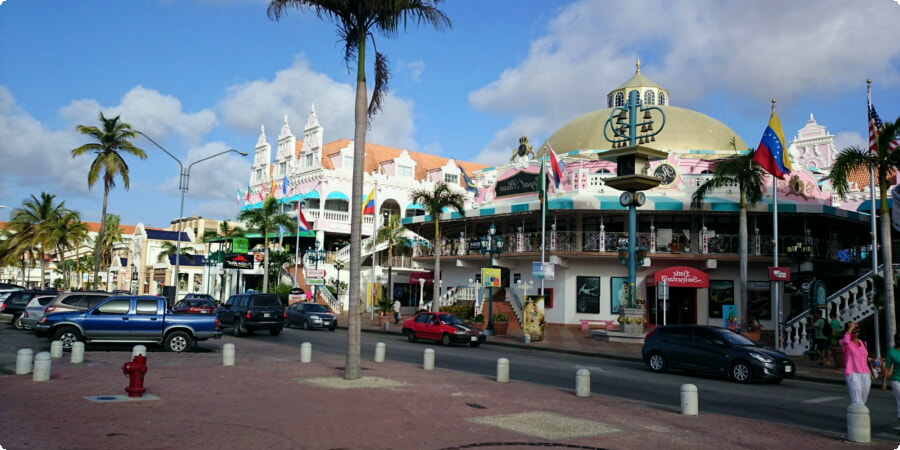
Flea Market at Paardenbaai Plaza: This lively flea market is perfect for bargain hunters. Browse through stalls selling everything from local spices to handmade crafts and vintage finds. It’s a great spot to pick up unique gifts and souvenirs.
Renaissance Marketplace: Situated near the marina, this marketplace offers a variety of dining and shopping options, including local artisan crafts, clothing, and jewelry.
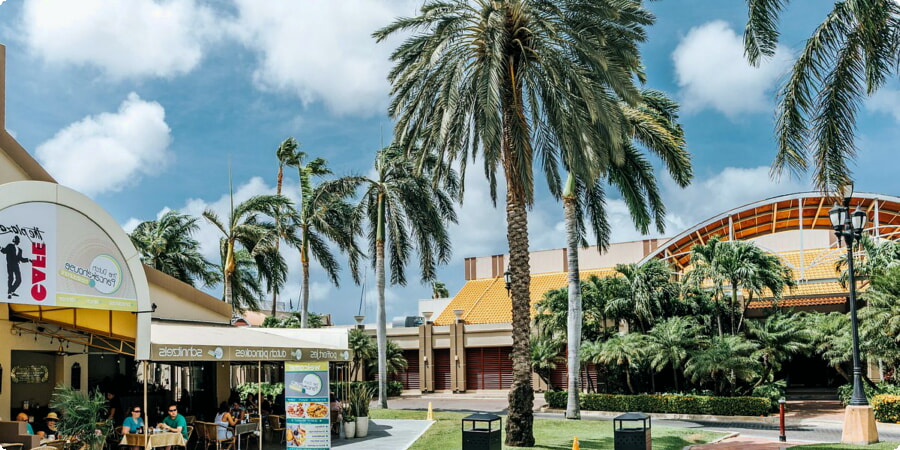
Oranjestad Main Street: Known as Caya G.F. Betico Croes, this street is lined with shops and market stalls where you can find locally made products, fresh produce, and souvenirs. It’s a great place to soak up the local atmosphere and engage with vendors.
Enjoying Day Trips
San Nicolas: Known as the cultural capital of Aruba, San Nicolas is a vibrant town with a rich history and a burgeoning arts scene. Stroll down Main Street to see colorful murals and visit local galleries. The town is also home to Charlie’s Bar, a legendary spot known for its quirky decor and lively atmosphere.
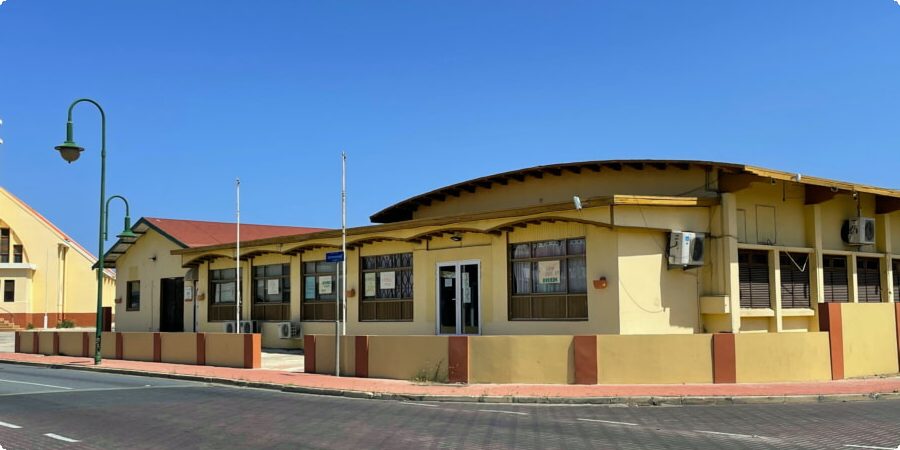
California Lighthouse: This historic lighthouse, located at the island’s northernmost point, offers panoramic views of Aruba’s rugged coastline and the Caribbean Sea. It’s a popular spot for photography and watching sunsets. Nearby, you can explore the sand dunes of California Dunes, named after the SS California shipwreck.
Arashi Beach: Just a short drive from the California Lighthouse, Arashi Beach is a tranquil spot perfect for swimming and snorkeling. Its clear waters are teeming with marine life, making it a favorite among divers and snorkelers. The beach is equipped with huts for shade and is less crowded than other popular beaches.
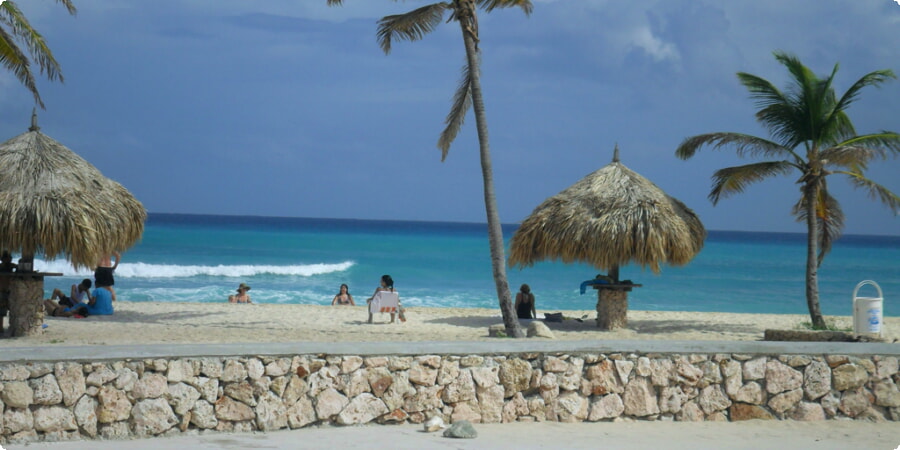
Philip’s Animal Garden: This non-profit sanctuary offers a home to exotic animals rescued from across the island. Visitors can interact with animals such as monkeys, parrots, and iguanas, making it an educational and fun trip for families.
Practical Tips for Your Visit
Currency: The official currency of Aruba is the Aruban Florin (AWG), but US dollars are widely accepted throughout the island. It’s a good idea to carry a mix of both for convenience. ATMs are readily available in Oranjestad and dispense both Florins and US dollars.
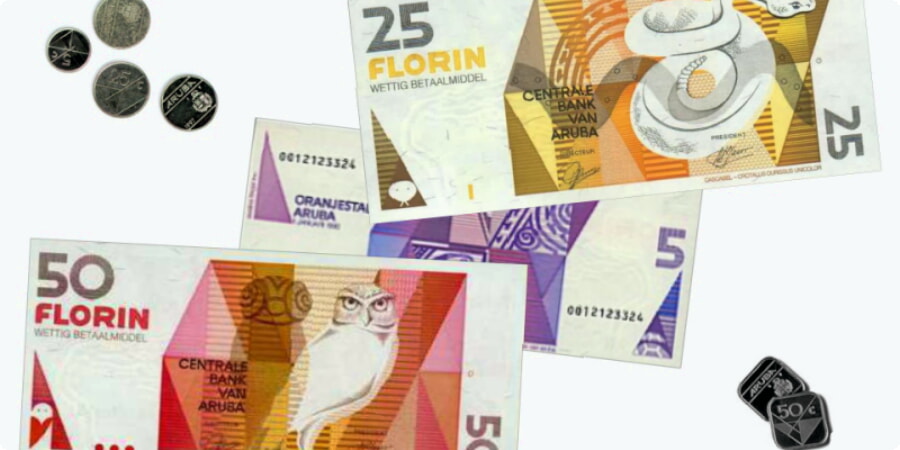
Language: While the official languages are Dutch and Papiamento, English and Spanish are also widely spoken. Most people in the tourism industry are fluent in multiple languages, so communication is generally easy.
Electricity: Aruba uses the same electrical outlets as the United States, with a standard voltage of 127 V and a frequency of 60 Hz. Visitors from other countries may need a plug adapter and voltage converter.
Transportation: Renting a car is a convenient way to explore the island, but taxis and buses are also available. The public bus system, Arubus, operates routes that connect major areas, including a direct route from Oranjestad to the popular Palm Beach area. For local trips within Oranjestad, you can also opt for bicycles or scooters.
Weather: Aruba enjoys a sunny climate year-round, with an average temperature of around 82°F (28°C). The island is located outside the hurricane belt, so it experiences less rainfall than other Caribbean destinations. The best time to visit is between December and April, when the weather is dry and sunny.
Tipping: Tipping is customary in Aruba and is similar to practices in the United States. In restaurants, a 10-15% tip is typical, though some establishments may include a service charge in the bill. For other services like taxis and hotel staff, small tips are appreciated.
Cultural Etiquette: Arubans are known for their friendly and laid-back attitude. When visiting local communities or religious sites, dress modestly and be respectful of local customs. It’s also polite to greet people with a “Bon dia” (Good day) or “Bon tardi”.
Exploring Beyond Oranjestad
While Oranjestad is a vibrant and bustling hub, Aruba has much more to offer. Here are some recommended areas and activities to consider for a broader island experience:
Palm Beach: Just a short drive from Oranjestad, Palm Beach is famous for its pristine white sands and crystal-clear waters. It’s a popular area for luxury resorts, shopping, dining, and nightlife.
Baby Beach: Located at the southeastern tip of Aruba, Baby Beach is known for its shallow and calm waters, making it ideal for families and snorkeling. The beach is perfect for a relaxing day trip.
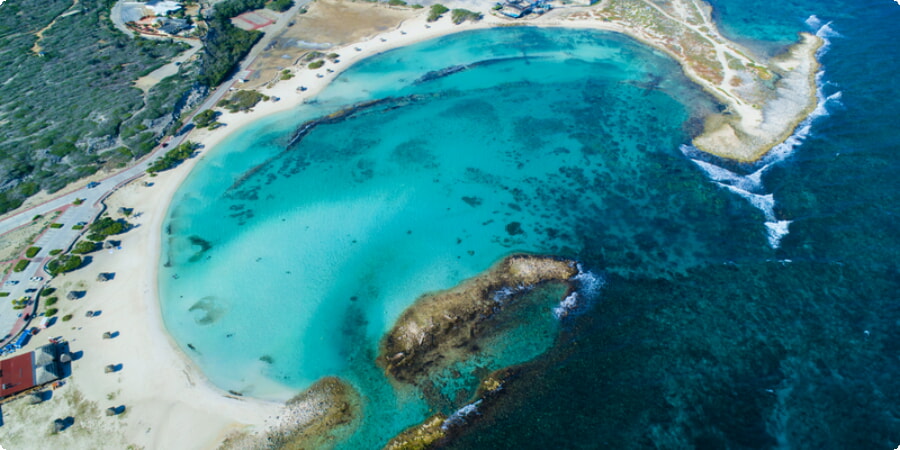
Arikok National Park: Covering nearly 20% of the island, this national park offers a range of outdoor activities, including hiking, exploring caves, and visiting natural pools. It’s a great place to experience Aruba’s natural beauty and wildlife.
Noord: This northern region of Aruba is home to many tourist attractions, including the California Lighthouse and the Alto Vista Chapel. It’s a great area to explore if you’re interested in history and scenic views.
Eagle Beach: Often ranked among the best beaches in the world, Eagle Beach is known for its wide stretch of soft sand and tranquil waters. It’s ideal for sunbathing, swimming, and enjoying the picturesque environment.
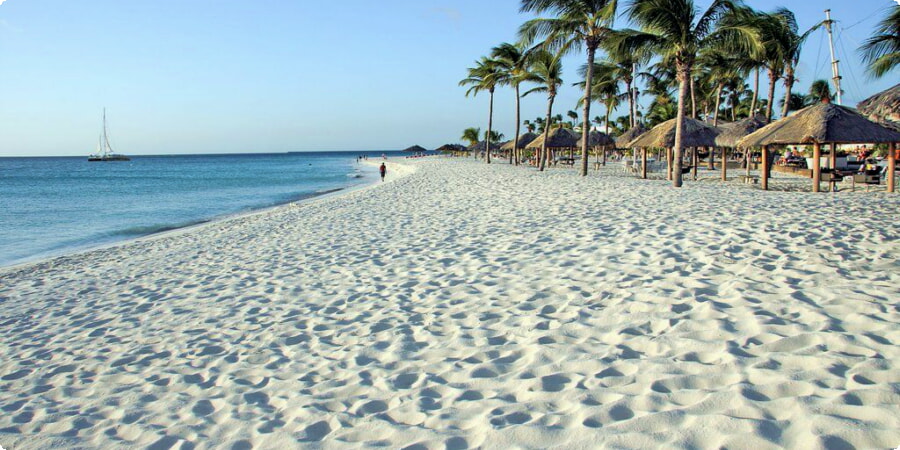
Savaneta: This charming fishing village is one of the oldest settlements on the island and offers a glimpse into Aruba’s traditional way of life. It’s also home to some of the island’s best seafood restaurants.
Boca Catalina: A secluded beach popular for snorkeling, Boca Catalina offers calm waters and abundant marine life. It’s a great spot for a peaceful beach day away from the crowds.
Mangel Halto: Located on the southeastern coast, Mangel Halto is a popular spot for kayaking and snorkeling. The shallow waters and vibrant coral reefs make it a favorite among nature enthusiasts.
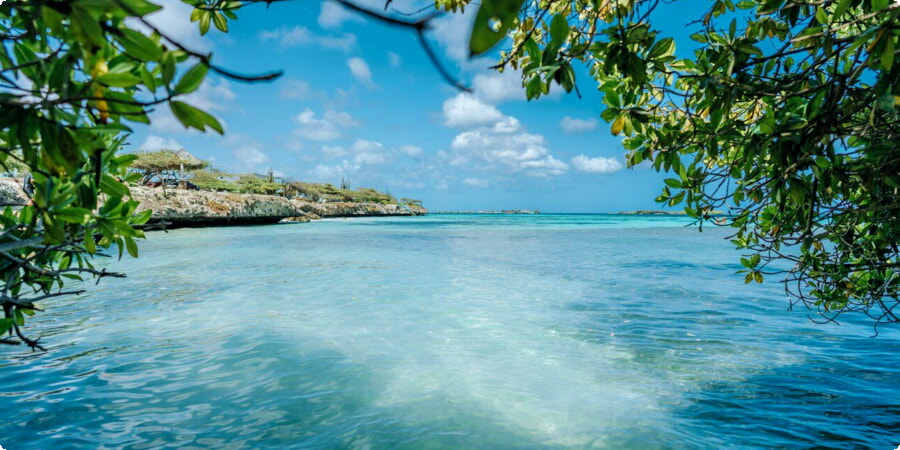
With its welcoming atmosphere, beautiful landscapes, and rich cultural heritage, Oranjestad and the island of Aruba offer a perfect getaway for travelers seeking both

